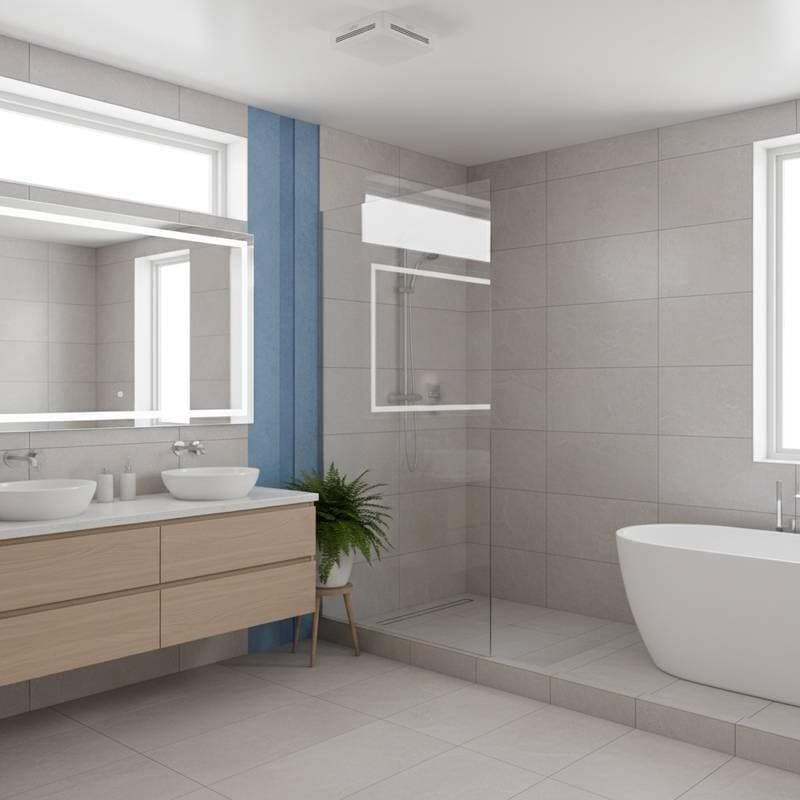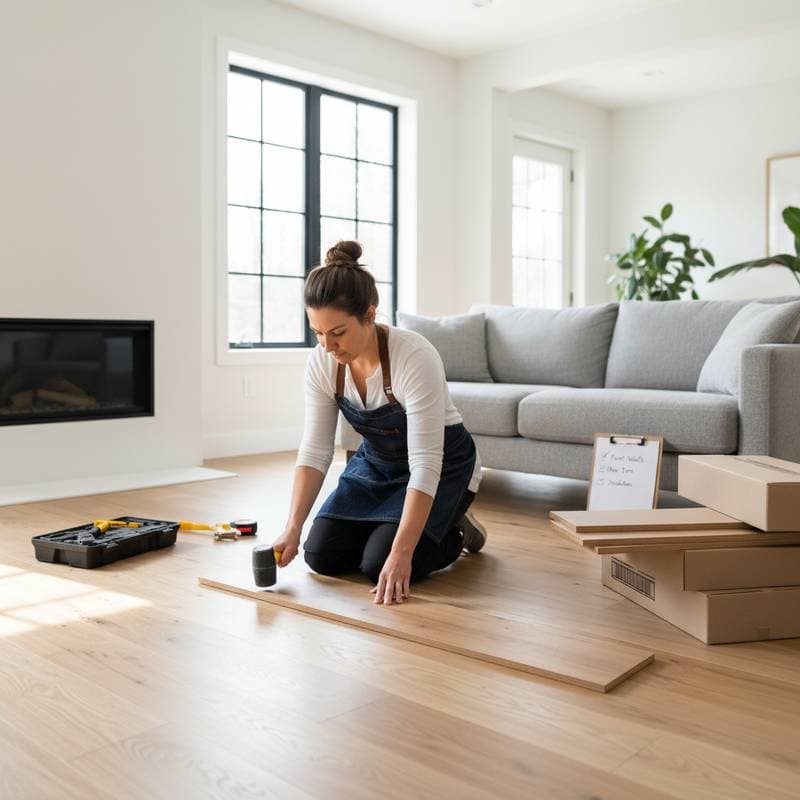Smart Thermostat Upgrades: Maximize Comfort and Save Energy in 2025
Home energy costs continue to rise, and HVAC professionals emphasize that efficiency improvements have become essential for most households. Despite recent tariffs on imported electronics and ongoing supply chain challenges that increase prices for some devices, interest in smart thermostats remains strong. Homeowners discover that a single investment delivers ongoing comfort, substantial energy reductions, and even enhanced property value.
From my experience upgrading during a home renovation, the initial expense seemed significant, yet utility bills decreased noticeably within the first month. The system adapted to my routine automatically, which eliminated daily adjustments and created a more harmonious living environment.
Project Overview
Average Cost: $200 to $500 for the device, $150 to $400 for professional installation
Timeline: 2 to 4 hours, including configuration
Lifespan: 8 to 12 years
Best Season: Spring or fall, ahead of high heating or cooling periods
DIY Suitability: Possible for basic setups, but electrical work carries risks
Permits Needed: Seldom required, except when part of major HVAC changes
Detailed Cost Analysis in Current Market Conditions
Smart thermostats once represented premium additions, but increased competition has reduced base prices considerably. Today, the primary expenses involve expert installation and modifications for older systems, which ensure reliable performance.
- Device Price: $200 to $500, varying by brand features such as learning algorithms or voice integration
- Installation Fees: $150 to $400, with extras for rewiring in complex setups
- Additional Components: Power adapters or C-wire kits for incompatible systems, typically $30 to $50
- Network Upgrades: A new router if needed for stable connectivity, around $100 to $200
Although tariffs have slightly elevated component costs, leading brands maintain competitive pricing on core models. Prices may fluctuate modestly throughout the year, but waiting for discounts rarely yields savings beyond $25 to $50, so prompt action often proves more beneficial.
Choosing Between DIY and Professional Installation
I handled one thermostat installation myself successfully, but I advise caution for those without electrical experience. The wiring appears straightforward at first glance, yet errors can damage expensive components, leading to repair costs exceeding $800.
Opt for DIY if:
- A C-wire is already present
- Your HVAC system is less than 10 years old
- You feel confident managing circuit breakers and verifying connections
Choose professional help if:
- Your setup includes heat pumps, multiple zones, or aging equipment
- Wiring identification seems uncertain
- You prefer comprehensive warranty coverage for both the unit and labor
Remember, risks include electrical hazards and potential system failures. If you encounter more than four wires or cannot label them accurately, consult a certified technician immediately to avoid complications.
Strategic Timing for Your Upgrade
Installations proceed most smoothly in moderate weather, when brief HVAC downtime causes minimal disruption. During spring or fall, contractors often have greater availability and may provide discounted rates, which contrasts with the delays and premium charges common in summer or winter peaks.
Measuring Efficiency Gains and Return on Investment
A well-configured smart thermostat typically reduces annual HVAC expenses by 10 to 15 percent. For an average home, this translates to $150 to $300 in yearly savings, and over a decade, the investment often recovers its cost multiple times through accumulated reductions.
Additional advantages extend beyond finances:
- Enhanced Comfort: Sensors enable precise temperature control in individual rooms
- Daily Convenience: Features like voice commands, mobile app scheduling, and remote monitoring simplify management
- Property Appeal: Modern buyers prioritize smart features, which can strengthen your home's position in competitive markets
Selecting the Right Upgrade Level
- Entry-Level Options ($200 to $250): Provide essential scheduling, app-based controls, and usage tracking, suitable for compact homes with simple systems.
- Mid-Tier Choices ($300 to $400): Incorporate adaptive learning, location-based automation, and connections to other devices, which benefit households with varying routines.
- Advanced Models ($400 to $500 or more): Offer zone-specific management, sophisticated sensors, and support for renewable energy setups, ideal for expansive properties or full smart home ecosystems.
Practical Steps to Get Started
- Verify Compatibility: Enter your HVAC details into the manufacturer's online checker for confirmation.
- Assess Installation Needs: If wiring appears outdated, allocate funds for expert assistance.
- Schedule Wisely: Aim for off-peak periods to minimize costs and wait times.
- Estimate Benefits: Review your recent utility statements and project savings based on a 10 to 15 percent reduction.
Obtain quotes from at least three local contractors to secure favorable terms before demand increases.
Investment Summary and Key Recommendations
Smart thermostat upgrades deliver a unique combination of immediate comfort improvements, ongoing energy savings, and long-term value enhancement. Total costs generally range from $350 to $900, with most users recovering their investment in under four years through reduced bills.
Begin by confirming system compatibility to avoid surprises. For any wiring uncertainties, engage a qualified HVAC specialist. Prioritize safety above all, as professional installation ensures reliability and protects your investment.
By implementing this upgrade strategically, you equip your home for efficient operation, consistent comfort, and improved resale potential in the evolving real estate landscape. At depohomes.com, we guide homeowners through such improvements with practical insights drawn from years of industry experience.



